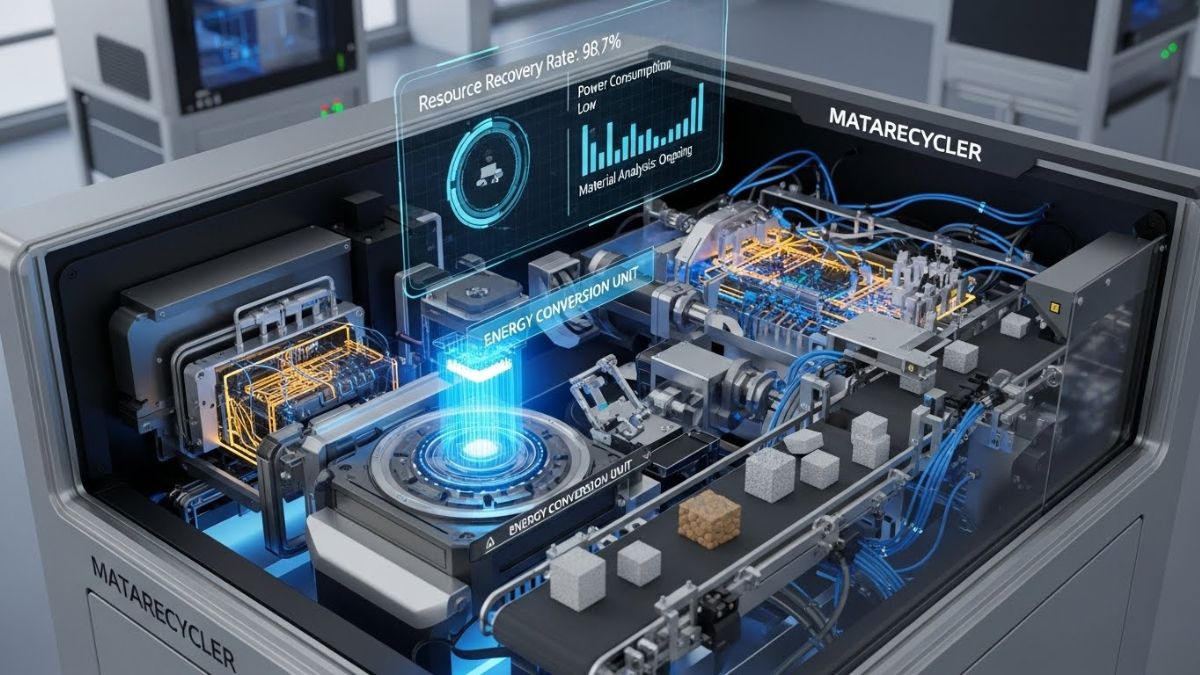Introduction to Network Detection and Response
Network Detection and Response, commonly called NDR, is rapidly gaining traction in cybersecurity. Its primary function is real-time monitoring and rapid response to network-based threats. With the increasing complexity of cyber-attacks, quickly detecting and mitigating security threats is essential for organizations of all sizes. Companies can no longer rely on traditional cybersecurity methods, as attackers constantly innovate. Therefore, adopting NDR is crucial to ensuring a business’s security posture remains robust and resilient against breaches. NDR solutions can transform how organizations handle potential threats, offering an advanced layer of protection against ever-evolving cybercriminal activities.
Why Real-Time Monitoring Matters
Real-time monitoring is a pivotal aspect of NDR. It continuously analyzes network traffic to detect anomalies indicating a security breach or other malicious activities. Organizations can immediately address potential threats by providing real-time alerts, minimizing harm. According to recent studies, businesses that adopt real-time monitoring solutions can reduce the time to detect threats by up to 90% compared to those relying solely on periodic assessments. By identifying and addressing threats as they arise, this proactive strategy minimizes the window of opportunity that attackers have to exploit vulnerabilities. Security breaches may go unreported for long periods without real-time monitoring, resulting in substantial data loss, monetary loss, and reputational damage.
The Role of Rapid Response in NDR
A company must react to threats as quickly as possible. Security teams can quickly identify and eliminate threats before they have a chance to do a great deal of damage thanks to rapid reaction capabilities. For instance, modern NDR tools often come equipped with automated response mechanisms that can initiate predefined actions—like isolating infected systems or blocking malicious IPs—within seconds of detecting an anomaly. This swift action is crucial, especially when dealing with fast-moving threats such as ransomware that can wreak havoc within minutes if not contained efficiently. Furthermore, a well-orchestrated rapid response can prevent an isolated incident from escalating into a full-blown security crisis, ensuring business continuity and safeguarding sensitive information.
Integration with Other Security Measures
While NDR is powerful, its effectiveness is significantly enhanced when integrated with other security measures, such as endpoint detection and response (EDR) and security information and event management (SIEM) systems. This integrated approach provides a more comprehensive security posture, enabling better correlation of data and more effective threat response. For example, while NDR focuses on network-level threats, EDR can provide detailed insights into activities taking place on individual devices, and SIEM systems can consolidate logs from multiple sources to give a holistic view of security events. Combined, these tools create a layered security strategy that enhances an organization’s ability to detect, understand, and respond to various threats. The synergy between these tools improves detection and response times and provides security teams with a broader context of incidents, leading to more informed decision-making and better overall protection.
Challenges of Implementing NDR
Implementing NDR can be challenging, particularly for organizations with limited resources or expertise. These difficulties include hiring qualified staff, integrating NDR with current systems being a challenging task, and the expense of implementing and maintaining NDR solutions. For example, small to medium-sized enterprises (SMEs) might need help finding cybersecurity experts proficient in NDR technologies, leading them to invest heavily in training or opt for managed security services. Additionally, the ongoing maintenance and tuning of NDR systems require a consistent effort to adapt to new threat landscapes. However, despite these challenges, the benefits of implementing NDR—such as enhanced threat detection capabilities and improved incident response times—often outweigh the costs, making it a worthwhile investment for many organizations. Organizations can significantly strengthen their security defenses by overcoming these hurdles, ensuring they remain protected in an increasingly hostile digital environment.
Real-World Examples of NDR in Action
Numerous real-world examples demonstrate the effectiveness of NDR. For instance, in a recent incident, a large healthcare organization employed NDR to detect and contain a ransomware attack quickly, preventing significant data loss and operational disruption. In another case, a financial institution used NDR to uncover a sophisticated phishing campaign targeting its employees, allowing the security team to mitigate the threat before any sensitive data was compromised. Additionally, a government agency leveraged NDR to monitor its critical infrastructure, detecting and thwarting multiple intrusion attempts that could have resulted in serious national security implications. These success stories highlight the importance of having robust NDR capabilities in place. They demonstrate how NDR prevents immediate threats and creates a more secure environment by continuously improving its detection and response processes through real-time learning and adaptation.
The Future of Network Detection and Response
The function of NDR is anticipated to expand as the cybersecurity environment changes. The capabilities of NDR systems will probably be improved by technological advancements like artificial intelligence and machine learning, which will increase their effectiveness and efficiency. Future NDR systems will easily detect the most subtle and sophisticated threats thanks to their increased speed and accuracy in analyzing large amounts of data. Furthermore, the increasing interconnectedness of devices and networks will drive the need for more sophisticated NDR solutions. These advanced technologies will enable NDR systems to identify even the most subtle and complex threats by learning from vast amounts of data and recognizing patterns indicative of malicious activity. Organizations must stay proactive and continually adapt their strategies to stay ahead of emerging threats, ensuring they remain resilient in an ever-shifting digital landscape. In the future, we expect NDR to play a critical role in cybersecurity and evolve into an indispensable tool that seamlessly integrates with various aspects of IT infrastructure, enhancing overall system resilience and trustworthiness.











